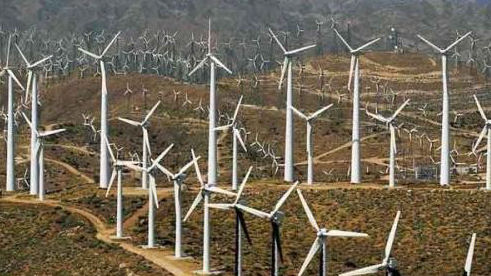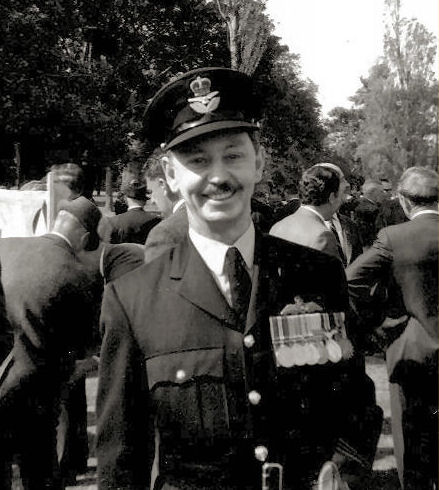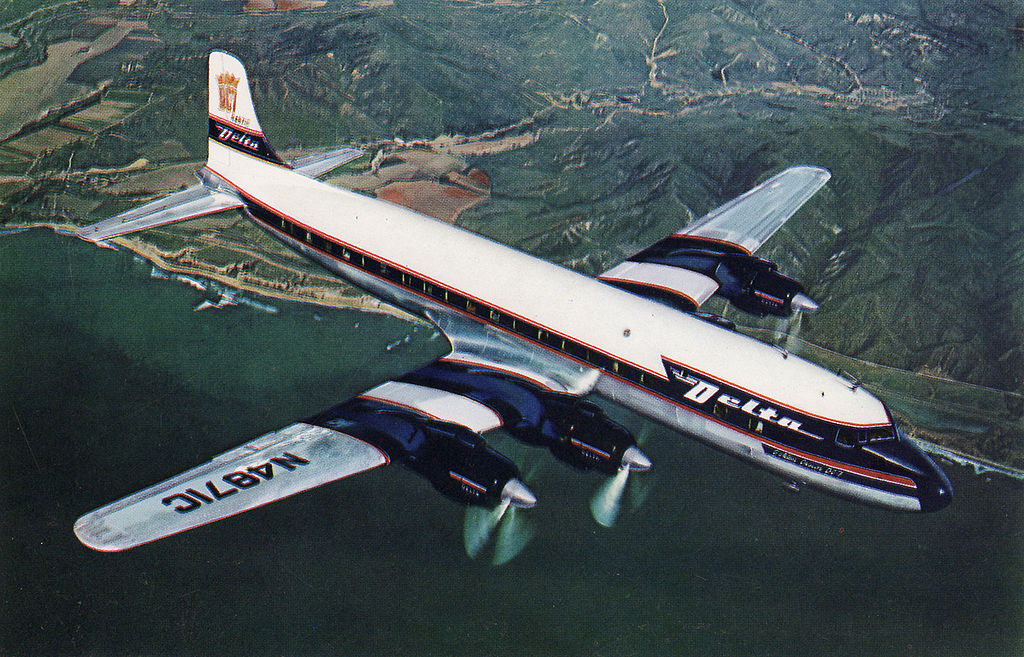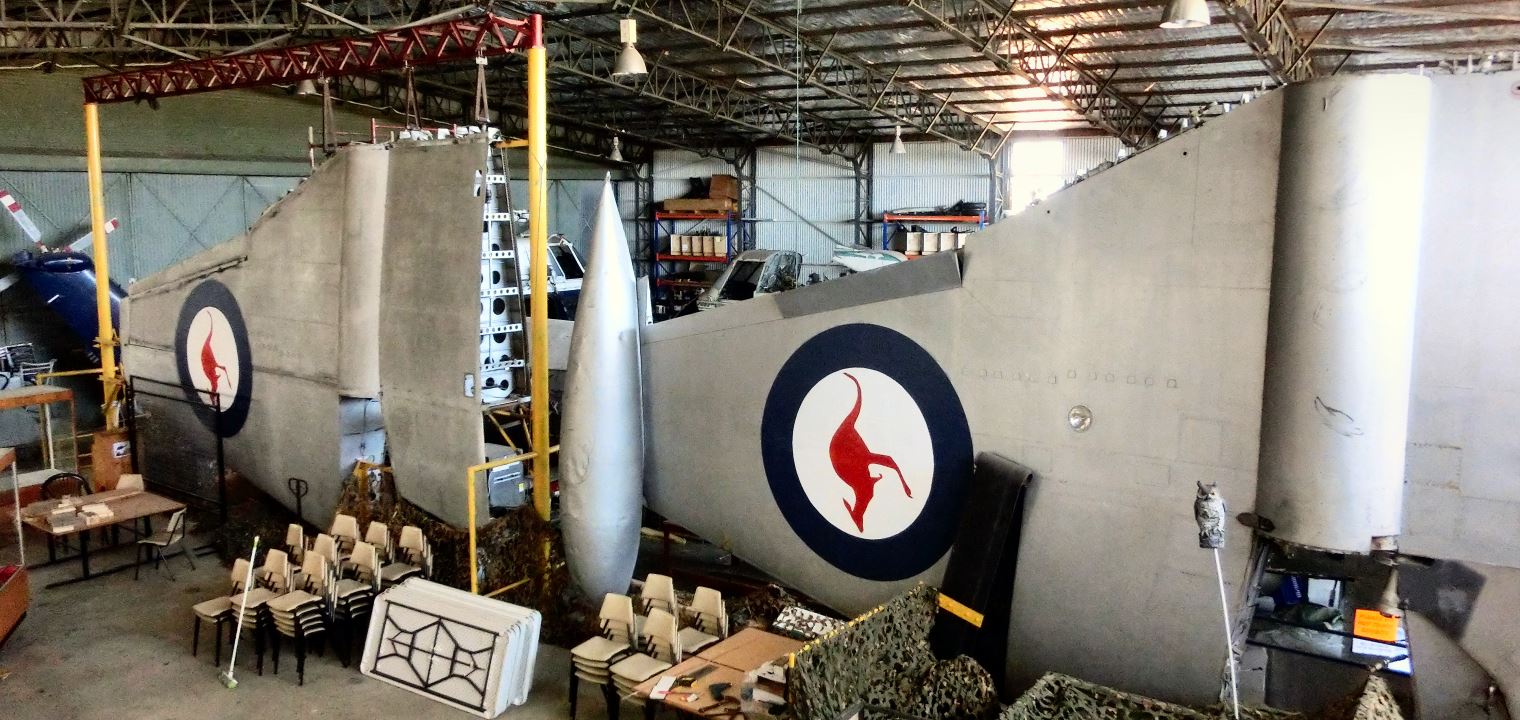|
|
||
|
||
|
Privacy Policy | Editorial Policy | Profit Policy | Join the Association | List of Members | Contact us | Index | Links |
||
|
Back Go to page: 1 2 3 4 5 6 7 8 9 10 11 12 13 14 15 16 17 18 19 20 Forward
|
||
|
Your Say!
|
||
|
|
||
|
IT'S MORE THAN A QUIXOTIC CALAMITY. From Victor Stallon.
|
||
|
|
||
|
The European Renewable Energy Foundation, a Green body supportive of all forms of renewable energy, has carried out research at Edinburgh University involving a look at years of wind farm performance data from the UK and Denmark. Their conclusion is this:
“Put bluntly, wind turbines onshore and offshore still cost too much and wear out far too quickly to offer the developing world a realistic alternative to coal.” And these guys are Green renewable energy nuts!
The good news for Australia is that this highly subsidised and ineffective form of Green inspired visual pollution will be non-existent within ten years. The report found that by 10 years of age, the output of an average wind turbine will have declined by a third and by 12 years of age it will be uneconomic to recondition the moving parts.
The bad news for Australia, if they intend to persist with this windmill madness, is that they will all reach their maximum life span at the same time!
Thousands and thousands of these hideous, noisy monstrosities will all need to be replaced at once, and guess what? Investors will have headed for the hills because all those delicious subsidies will have disappeared like Christine Milne and it will cost governments (again you and me) a motza to dismantle and dump the things in the ocean as fish reefs.
|
||
|
The countryside on the eastern shore of Lake George, on the Goulburn to Canberra Hwy, blighted with these hideous machines. (click the pic for a clearer view) |
||
|
They will become worthless bits of metal and plastic no other industry can possibly use. The government of the day will no doubt keep one turbine in a museum somewhere as an artefact so schoolchildren can be shown just how stupid the Greens really are. South Australia, which has the highest cost of electricity in the nation and the most wind turbines per capita, has saved 4% of their rated capacity in fossil fuels at a cost of $1,484 per ton. That’s roughly $1,474 per ton more expensive than Europe’s current carbon credit price.
The cost of these commercial white elephants, that must eventually be destroyed, is between a highly subsidised $350,000 and $1.3 million each...and the temperature of the globe hasn’t shifted one thousandth of a degree. Stand underneath a wind turbine that is typically 120 metres tall and try to imagine how our beautiful countryside once looked. But that's a visual and noise pollution that will never disadvantage the Greens, oh no, they'll be happily sipping their lattes in leafy green inner suburbs.
Only two forms of energy can replace the Greens' hated coal, and neither is wind or solar. The only freely available clean forms of energy are hydro and nuclear but the Greens refuse to allow dams to be built while frogs need protecting and uranium evokes Green paranoia.
Funny eh?
|
||
|
Religion is for people who are afraid of going to hell. |
||
|
Ubon.
Rod Jenkins maintains a web site with a bunch of photos from Ubon. You can see them HERE
A65-61
I have had a request from an author, who is writing a book about the crash of a 38 Squadron Dakota - A65-61/VH-CUT - in New Guinea, on 18 September, 1945. She is seeking to contact any one with connections with or knowledge of the aircraft or the incident, particularly any ex-38 SQN personnel, of the time. If you have any information on the incident, please contact Marilyn Campbell on marilyncampbell.author@gmail.com, or by telephone on 0400 084 578. (See HERE)
|
||
|
Definitions: CIGARETTE: A pinch of tobacco rolled in paper with fire at one end and a fool at the other!
Ballarat Mosquito 1955.
Ken Hunt is asking if anyone can advise him about the complete (or almost) Mosquito hangered at Ballarat in 1955? Also there was a very basic "Link type" trainer. I think all anybody learnt in one of those things was whether or not they were afraid of the dark!. If you can help Ken, you can contact him here kdhunt@optusnet.com.au
Bill “Nobby” Clark.
Nobby Clark sent us this pic.
|
||
|
|
||
|
He says: “I saw the story of the Djinnang Reunion that included Graham Saunders and Trevor Horne, both of whom I have not seen since Vietnam 1970. I have attached an old photograph from those days (10 Operational Support Unit – 1970/71) which, if you wouldn't mind publishing, might bring back a few memories.
Graham is on the left, Trevor third from the right and I am second on the right. The hair colour has changed slightly since then”.
|
||
|
LECTURE: An art of transmitting Information from the notes of the lecturer to the notes of students without passing through the minds of either.
|
||
|
ANZAC Day, 1969.
John Laming wrote, he says: “These photos were sent to me by a lady called Mrs Gail Mirams whose husband was an RAAF ground staff airman at the end of the war and served in PNG on Beaufighters, Kittyhawks and later on, Mustangs (BCOF Japan?)
He was marching on Anzac Day 1969 in Melbourne. These photos of a Wing Commander who was also marching and holding a banner depicting 81 Fighter Wing, 76,77, 82 Squadrons S.W.P.A to Japan. His appearance is vaguely familiar to me but I am unable to recall his name.
Gail asked if I could identify him as she is putting together a picture frame with photos from her deceased husband’s belongings which include photos taken during an Anzac Parade he took part in in 1969”.
(If you can help, please let us know and we’ll pass on the info to John. – tb)
|
||
|
CONFERENCE: The confusion of one person multiplied by the number present. |
||
|
DC7
Adrian Heinrich, who is an old ex-Radtech and a self-proclaimed aviation buff who loves aircraft with round engines, sent us this link on getting to know and fly the mighty DC7. The DC7 was a transport aircraft built by the Douglas Aircraft Company from 1953 to 1958 and was the last major piston engine-powered transport aircraft made by Douglas. It was developed shortly after the earliest jet airliner, the de Havilland Comet, entered service and only a few years before the jet-powered Douglas DC-8 first flew.
In 1945, American Airlines requested an aircraft that could fly the USA coast-to-coast nonstop in about eight hours as back then US Civil Air Regulations limited domestic flight crews to 8 hours flight time in any 24-hour period. American Airlines ordered 25 DC-7s at a price of $40 million, thus covering Douglas' development costs. The DC-7 wing was based on the DC-4 wing with the same span and the fuselage was 40 inches longer (behind the wing) than the DC-6B. The engine was the eighteen-cylinder Wright R-3350 Turbo-Compound. The prototype first flew in May 1953 and American received their first DC-7 in November that year, inaugurating the first nonstop east-coast-to-west-coast service in the country (unrealistically scheduled just under the eight-hour limit for one crew) and forcing rival TWA to offer a similar service with its Super Constellations. Both aircraft frequently experienced inflight engine failures, causing many flights to be diverted. Some blamed this on the need for high power settings to meet the schedules, causing overheating and failure of the engines' power recovery turbines which recovered power from the exhaust stream and delivered it to the crankshaft; boosting the R-3350's power by 600 HP.
The DC-7 was followed by the DC-7B with a bit more power and, on some DC-7Bs (Pan Am and South African Airways), fuel tanks in the tops of the engine nacelles, each carrying 220 US gallons. South African Airways used theirs to fly Johannesburg to London with one stop. Pan Am's DC-7Bs started flying transatlantic in summer 1955, scheduled 1 hr 45 min faster than the Super Stratocruiser from New York to London or Paris.
Douglas then built the DC-7C, which had an additional 40 inch plug inserted in front of the wing, making it 112 ft 3 inches long. This aircraft had additional fuel tanks fitted allowing it to make the New York to Europe then Europe to New York, against the prevailing winds, non-stop each way.
In 1958 Boeing released the 707 which signed the death-warrant for round engine aircraft. Douglas began converting its DC-7 aircraft into freighters by fitting large forward and rear freight doors and removing some cabin windows.
Unfortunately, the DC-7 was not as reliable as the DC-6, due to the different engines. The DC-6 used Pratt and Whitney Double Wasp engines which Douglas considered were not powerful enough for the DC-7 so they fitted Wright Aeronautical Duplex Cyclones which had reliability issues.
Douglas built 338 DC-7s. You can see the video by clicking the centre of the pic below.
|
||
|
COMPROMISE: The art of dividing a cake in such a way that everybody believes he got the biggest piece.
|
||
|
Help wanted.
Jules Perrin wrote: “In your very diverse readership there are thousands of years of experience in life experience, projects, computers, materials and other maters technical. As the age of your readership increases, we all strike living issues. I don't mean things like programming the micro wave or using a computer but issues such as mobility, using knife and fork or something just as simple.
Your readership may be able to address and/or resolve issues to provide a better quality of living. There are organisations such as Technical Aid for the Disabled, but not all life's issues are related to someone with a direct disability.
In essence, technology to aid a better quality of life.
Not sure if I have explained myself well.
I am trying to work on a simpler self-feeding device for a disabled child (not my child). Your readership may have ideas in this field. I am sure there are many other examples the readers are confronted with every day. Just a thought.
If you can help, get in touch with Jules on 0457 585 974
Canberra silhouette.
Graham Henry wrote, ‘I had a call from Geoff Bucknell, former FSGT Instrument Fitter who was with 2 SQN at Amberley after the Sqn returned from Vietnam. Geoff is seeking information about the origins of a 4 foot long side-on silhouette image of a Canberra made of masonite, that was brought back to Qld from Vietnam.
Geoff agreed to have the picture/image mounted in 2 SQN Instrument Section at Amberley, as it was obviously important to the boys who had returned from that conflict. He does not have a photo of the item.
Unfortunately, it was not appreciated by his superior officer (wanker),
who directed that it be removed. Geoff was reluctant to bin it and
secured its custody at home hoping to preserve
Geoff has since donated it to the Vietnam Vets National Museum at Phillip Island to add to the history of the conflict and he hopes that we can locate the history of this item, who made it, where was it mounted within 2 SQN in Vietnam, who was involved in getting it back to Aust and any other associated details.
The Museum will welcome this information to add to the memorabilia held there and adding to the pride the Vietnam Vets feel when reliving their experiences with the Squadron when visiting the National Museum.
If you are aware of this bit of history, please get back to me so that I can pass it on to Geoff”.
Graham Henry
2 Squadron (RAAF) Assoc Inc Email: geehen@optusnet.com.au Ph: 03 9570 2186
|
||
|
CONFERENCE ROOM: A place where everybody talks, nobody listens and everybody disagrees later on. |
||
|
|
||
|
|
||
|
|
||
|
Back Go to page: 1 2 3 4 5 6 7 8 9 10 11 12 13 14 15 16 17 18 19 20 Forward |
||
|
|






 it for posterity.
it for posterity.